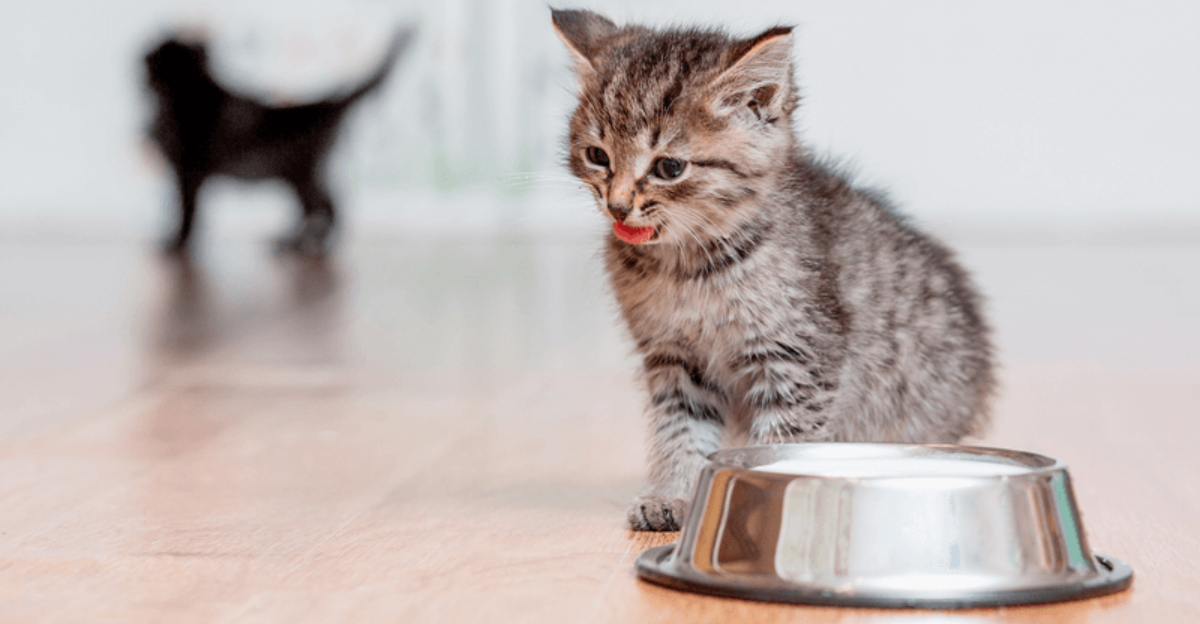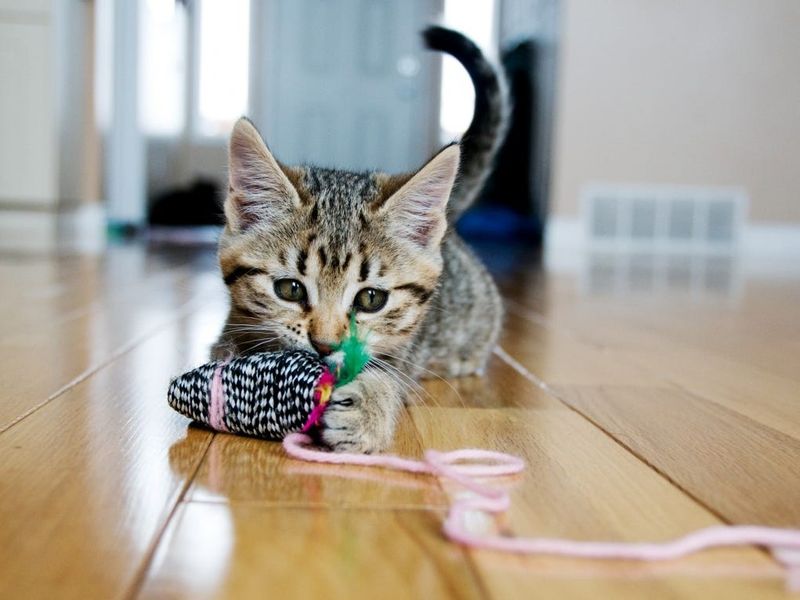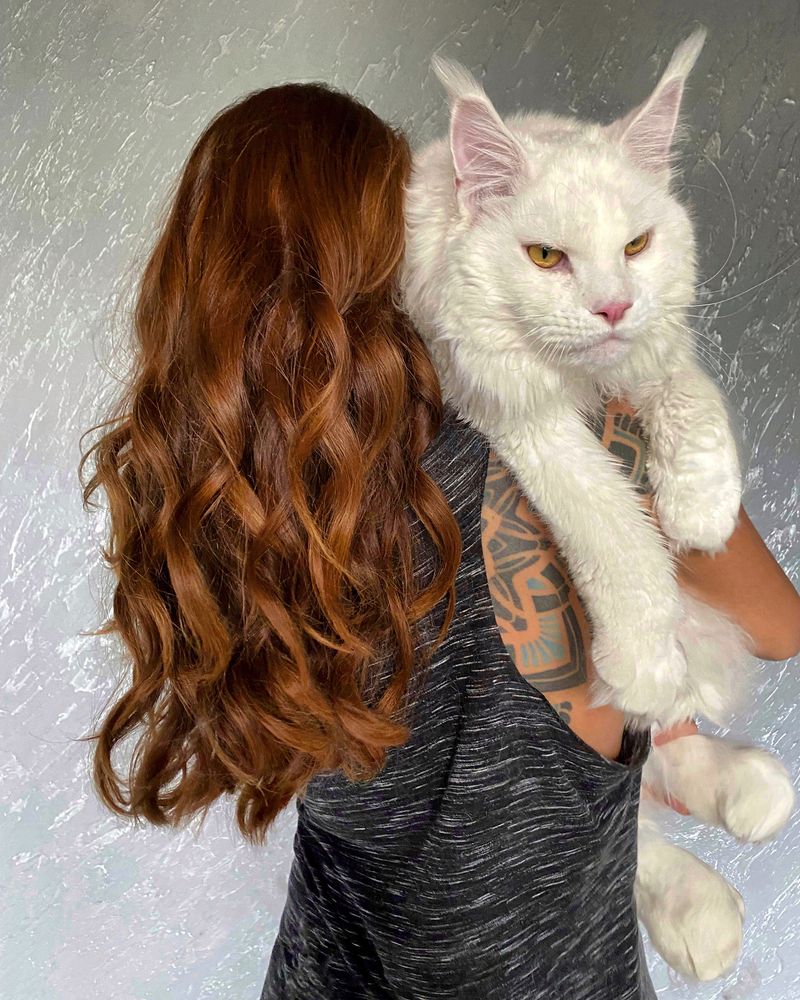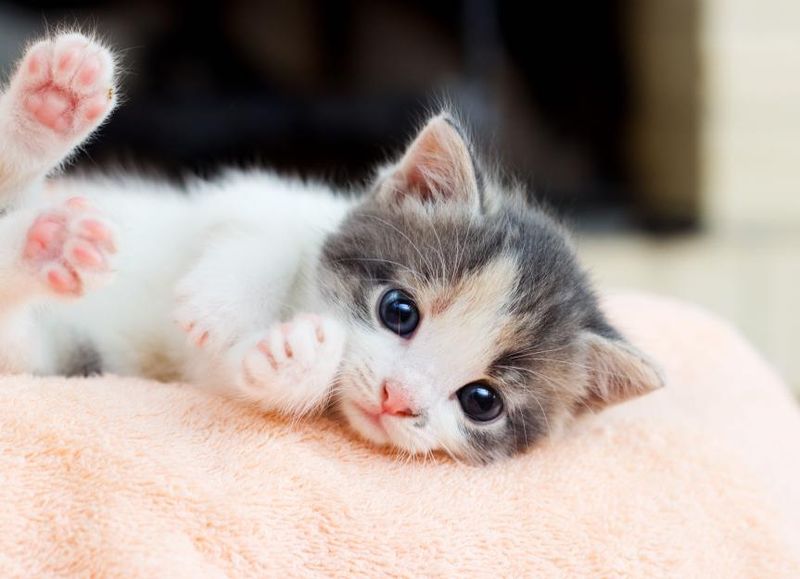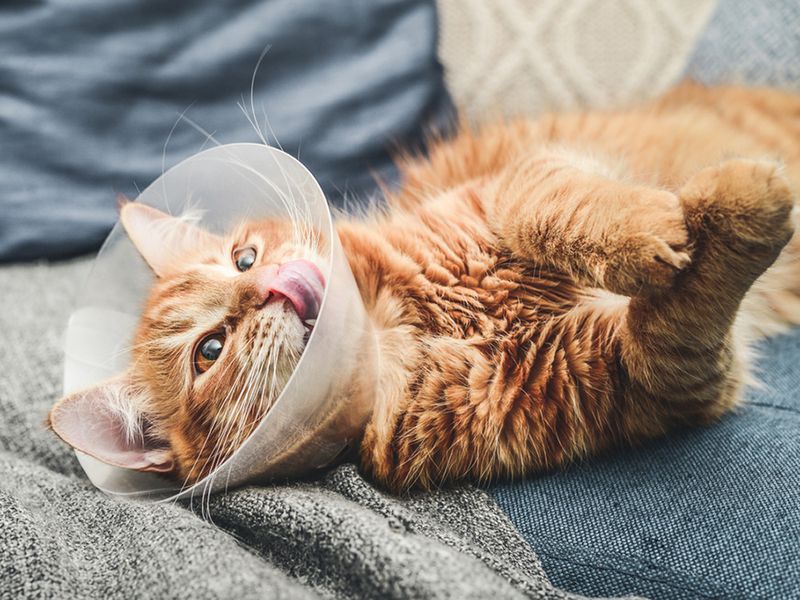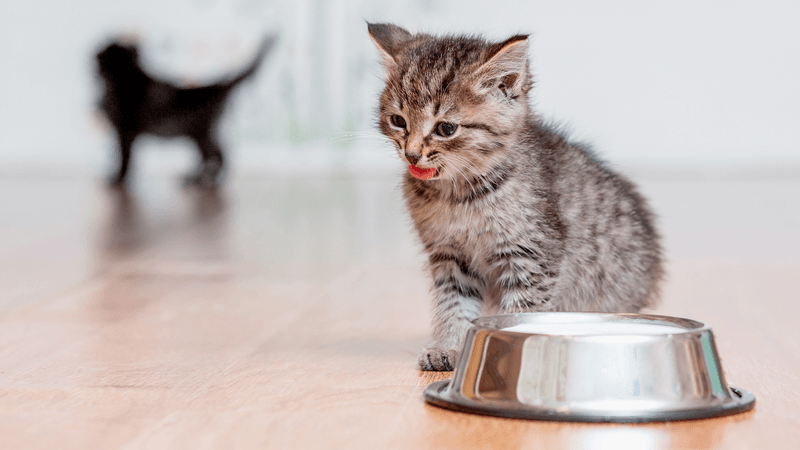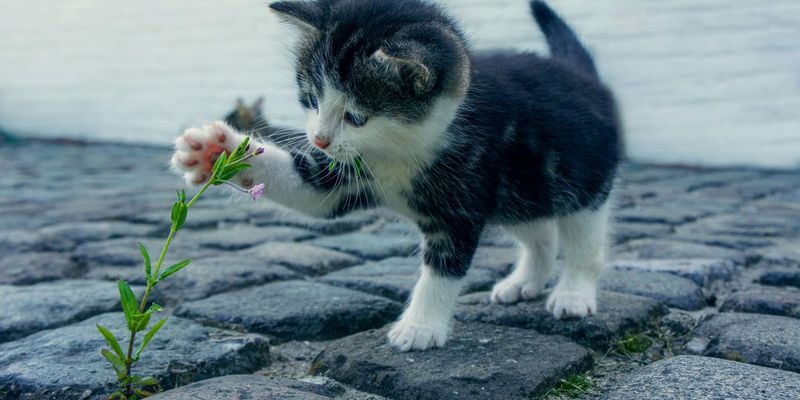📖 Table of Content:
- 1. Most Cats Stop Growing Around 12–18 Months
- 2. Some Cat Breeds Grow Until 2–4 Years Old
- 3. Kittens Grow Fastest in the First 6 Months
- 4. Neutering/Spaying Can Slightly Influence Growth
- 5. Nutrition Directly Affects Growth Rate
- 6. Weight Gain Doesn’t Always Mean Growth
- 7. Mental Maturity Takes Longer Than Physical Growth
Watching a kitten grow is one of the most rewarding parts of being a cat owner. Those tiny paws, oversized ears, and clumsy movements transform rapidly into the graceful, confident behavior of an adult cat. But many pet owners naturally wonder: at what point does all that growth finally slow down and stop?
While the basic timeline for cat growth follows a general pattern, the reality is that each cat’s journey is unique. Breed, genetics, diet, and even medical history can influence how quickly or slowly a cat matures. Some cats may seem fully grown at just a year old, while others continue to change well into their third year of life.
Understanding your cat’s growth cycle can help you provide better care and spot any issues early on. Below are seven important facts that every cat owner should know about how and when cats stop growing.
1. Most Cats Stop Growing Around 12–18 Months
Typically, the majority of cats complete their physical growth between 12 and 18 months of age. Although their size may look stable at around one year, internal developments like muscle tone and bone density continue to refine until about 18 months. It’s not unusual to see slight changes in weight and posture even after a cat’s first birthday. This gradual slowdown in growth can sometimes trick owners into thinking their pet is still a “kitten” long after it has reached maturity. During this phase, cats tend to become more agile and coordinated, signaling the end of major physical changes. Growth plates in their bones usually close during this time, marking the official end of skeletal growth. By this point, most cats have settled into the size and body shape they will carry into adulthood.
2. Some Cat Breeds Grow Until 2–4 Years Old
Interestingly, not all cats follow the same timeline when it comes to physical development. Larger breeds, particularly Maine Coons, Ragdolls, and Norwegian Forest Cats, are well known for their extended growth periods. These gentle giants can continue gaining size, strength, and bulk well into their third or even fourth year. Growth in these breeds tends to be slower but more noticeable over time, especially when tracking monthly weight or body measurements. Owners of such breeds often observe periodic “growth spurts” long after most cats have fully matured. In many cases, a two-year-old Maine Coon might still have a lot of growing left to do. Patience is important, as these cats develop at a more leisurely pace compared to their smaller feline cousins.
3. Kittens Grow Fastest in the First 6 Months
From the moment they are born, kittens undergo an incredibly rapid growth phase during the first half-year of life. Within just a few weeks, their weight can double, and they quickly transition from wobbly newborns to curious, energetic explorers. This period is marked by rapid bone growth, muscle development, and increased coordination as they prepare for adulthood. Veterinarians often recommend special kitten food during this time to support their demanding nutritional needs. Missing out on essential calories and nutrients during this window can have long-term effects on their overall health. Frequent veterinary checkups during these months help ensure kittens are growing properly and hitting developmental milestones. By six months old, many kittens are already a good portion of their final adult size.
4. Neutering/Spaying Can Slightly Influence Growth
Contrary to what some believe, early spaying or neutering does not stop a cat’s growth altogether but may affect how long they continue to grow. Surgical procedures performed before full maturity can cause a slight delay in the closure of growth plates. As a result, some cats neutered early may grow slightly taller or longer than their intact peers. However, the differences are often subtle and vary widely depending on the individual cat. It’s important to note that the health benefits of early neutering, such as preventing certain cancers and unwanted litters, far outweigh any minor differences in size. Most veterinarians consider early spaying and neutering a best practice despite its small impact on growth patterns. Owners should always consult with their vet to determine the best timing based on their kitten’s specific needs.
5. Nutrition Directly Affects Growth Rate
Diet is one of the most powerful influences on how quickly and healthily a kitten grows. High-protein, high-calorie foods formulated specifically for kittens provide the nutrients necessary for building muscle, developing organs, and strengthening bones. Poor-quality food or inappropriate feeding schedules can stunt growth and cause developmental delays. On the other hand, overfeeding can lead to obesity, which carries its own risks and health challenges later in life. A balanced and portion-controlled diet supports steady, healthy progress toward adulthood. As cats near maturity, their nutritional needs change, often requiring a switch to adult formulas. Regular monitoring by a vet ensures that dietary adjustments match a cat’s growth stage and health requirements.
6. Weight Gain Doesn’t Always Mean Growth
By the time most cats reach their first birthday, they have completed the majority of their physical growth, but they may still experience weight changes. These weight fluctuations often represent fat accumulation rather than an increase in height or skeletal mass. It’s easy to misinterpret post-adolescent weight gain as “continued growing,” but more often, it signals a need to reassess diet and exercise habits. Regular weight checks and body condition assessments help differentiate between healthy maintenance and unhealthy gain. Keeping cats active through play and exercise can help prevent unnecessary weight-related issues. Adult cats generally maintain a more stable weight when given proper diets and routines. Careful attention ensures a longer, healthier life beyond just the growing years.
7. Mental Maturity Takes Longer Than Physical Growth
Although many cats are physically mature by their first birthday, emotional and behavioral maturity often takes much longer. Behavioral development can continue into the second or even third year of life, with young adult cats still showing kitten-like energy, playfulness, or impulsiveness. Just as with humans, the brain matures at a slower pace than the body, shaping social behaviors, risk-taking, and territorial instincts over time. Owners might notice that even though their cat looks like an adult, it can still be mischievous or excessively playful. Understanding this distinction between physical and mental growth helps owners approach training and socialization with more patience. Emotional maturity eventually leads to a calmer, more predictable adult cat who is fully adjusted to their home environment.
